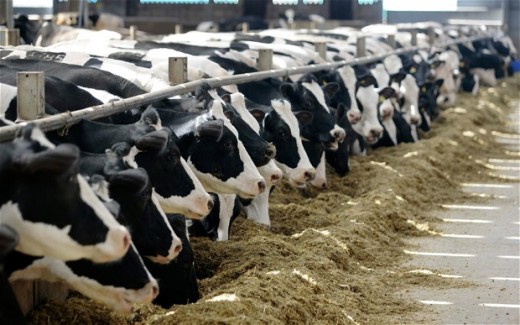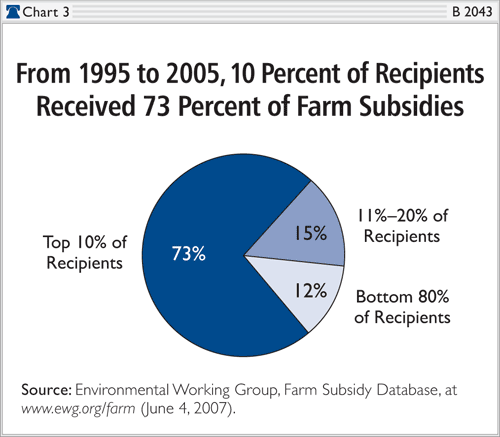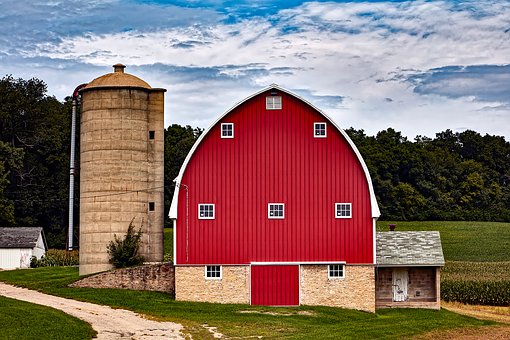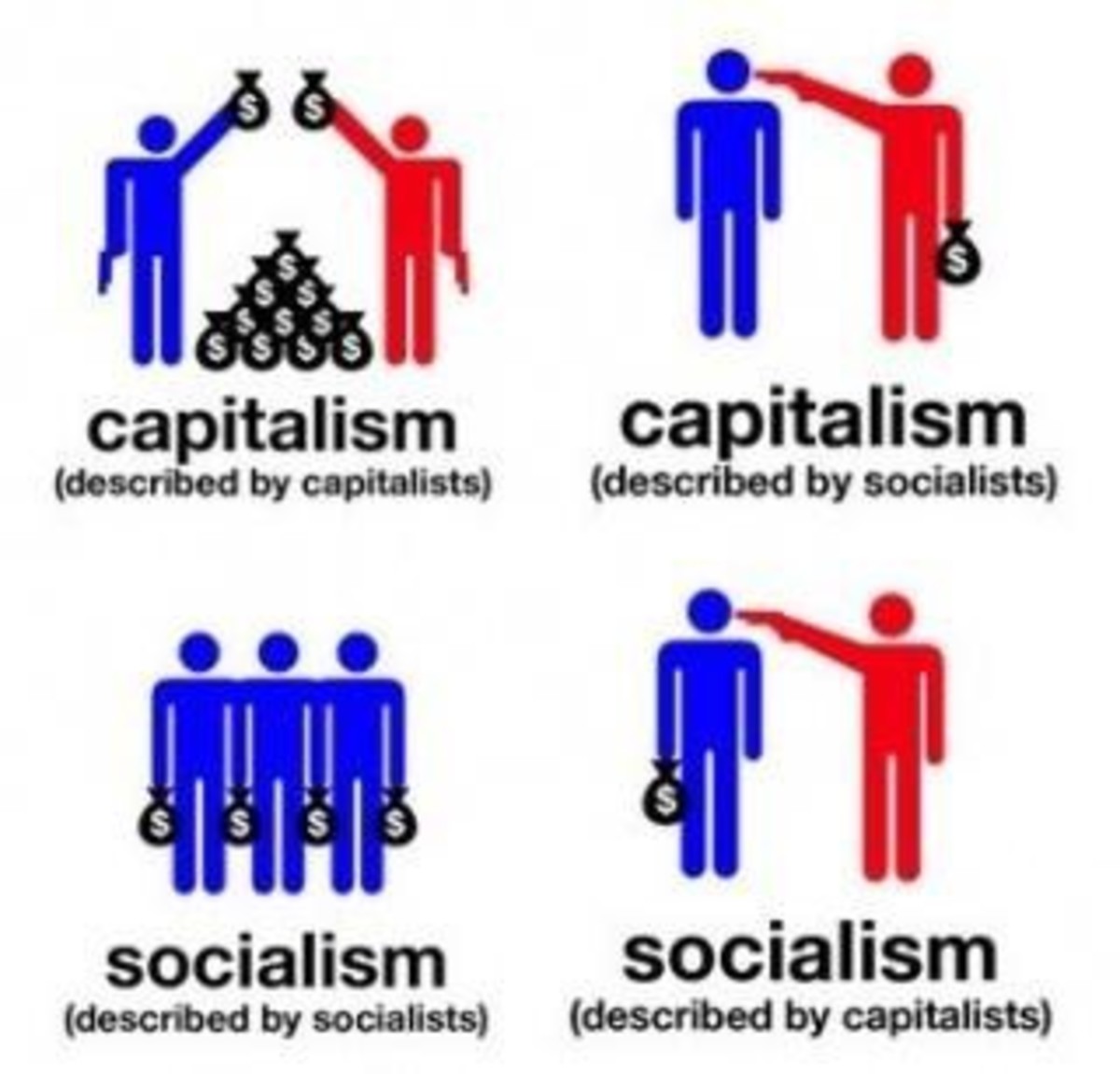Government Subsidies Make the Poor Unhealthy and the Factory Farms Thrive.
Government subsidies are nothing new, in fact they are a way of life for the American farmer. In August 2016, the United States Department of Agriculture (USDA) bought 11 million pounds of cheese. This buyout comes after a 30-year surplus of cheese in a marketplace that is stalled. According to the USDA, the cheese will be, “provided to families in need across the country through USDA nutrition assistance programs”.
Many of the staples in American’s diets are subsidized foods. Take, for example, the seven most commonly subsidized foods: corn, soybeans, wheat, rice, sorghum, milk, and meat. When you start reading food labels you will see that these foods make up the ingredients of a lot of junk foods on the market. Foods like ice cream, pizza, frozen dinners, candy, and desserts. These subsidies ensure that these foods can be readily available on the market and cheap for anyone to buy.
Why don’t we hear about subsidies for organic carrots, heirloom tomatoes, or organic kale? Having a surplus of these foods cheap and readily available would be in-arguably beneficial to Americans. Perhaps there is also a problem with government-subsidized foods being consistently pawned off on the “needy” in society.

What Effect do Subsidies Have on Health?
A research study published in 2012 by the Journal of Nutrition Education and Behavior looked at diet quality and obesity among food pantry participants. The results are hard to swallow. Food insecure participants in the study were consuming two times less fruits and vegetables as compared to other food-secure individuals. The study emphasized in the conclusion that “Ensuring the nutritional adequacy of donated food is an important consideration for food donors and pantry staff”. Lets consider one of the largest food donors *cough*, the federal government.
Graph Showing 73% of Subsidies Go to the Top 10% of Factory Farmers

What do you think about Subsidies
Do you believe there are benefits to the American people from subsidies?

What Needs to Change?
If the U.S. government were to drop subsidies on just the dairy and beef industry, would it not be possible to use these taxpayer dollars to aid farmers in growing cheaper fruits and vegetables?
These ongoing subsidies are distorting the financial landscape of farming in America and carving a bigger divide from the free market. The free market would drive farmers to decrease production in times of surplus, innovate products or diversify.
Between the financial disarray and the health disparity coming out of government surpluses, it may be time to re-evaluate the system.
References
Food insecurity, poor diet quality, and obesity among food pantry participants in Hartford, CT., J Nutr Educ Behav. 2013 Mar ;45(2):159-64.
http://dc.medill.northwestern.edu/blog/2016/08/22/got-local-dairy-farms-it-might-not-be-for-long/#sthash.PtfVgleR.dpuf
http://www.usda.gov/wps/portal/usda/usdahome?contentid=2016/08/0181.xml








